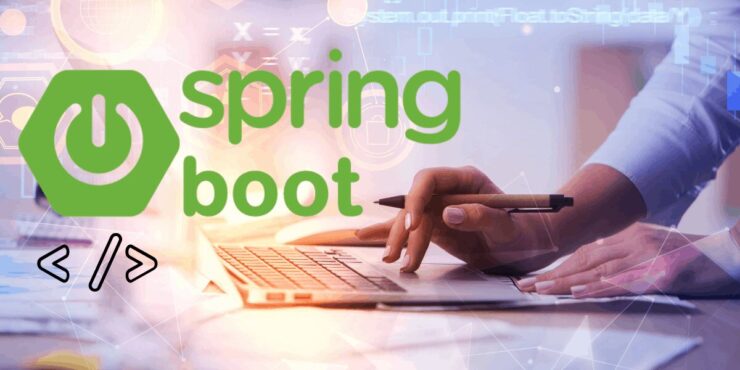Spring Boot is an open-source Java-based micro-framework. It is maintained by an organization named Pivotal. Spring Boot allows developers to quickly get started without spending time on developing and configuring their Spring application.
To better understand the details of Spring Boot it is important to know the basics of Spring. And it provides a platform for java developers with an auto configurable production-grade Spring application.
Spring
The Spring tool centers on giving flexibility through its dependency injection feature. It assists in including the essential dependencies fast. It is a lightweight framework.
Spring supports the DBC framework, which improves productivity and reduces errors. But if you are wondering whether you need to learn Spring before you start working with Spring Boot, the definite answer is NO!
What is Spring Boot?
The main idea of Spring Boot is to give you a production-ready application. It focuses on reducing the length of the code and providing you a simple method to run your Spring application.
One can easily start with minimum configurations without the need for an entire Spring setup. Also, Spring Boot aims at providing a platform you can just run.
For example, if you want to use Spring and JPA for database access, it is sufficient if you include the spring-boot-starter-data-JPA dependency in your project.
Example: Spring Boot Starter Web Dependency is used to write a Rest Endpoints
<dependency> <groupId>org.springframework.boot</groupId> <artifactId>spring-boot-starter-web</artifactId> </dependency>
Features of Spring Boot
Let’s find out the features of the spring boot below.
Autoconfiguration:
- Everything in Spring Boot is auto-configured.
- It means no manual configuration is required.
- However, Spring Boot can change the configuration based on the dependencies you list.
Opinionated:
- Spring Boot chooses for you which defaults to use for the configuration.
- It determines which packages to install for the dependencies you need.
- These opinionated default configurations can be overridden by the user if needed.
- This service helps developers to begin their projects quickly.
Stand Alone:
- There is no requirement to extend your application to a web server.
- Just enter the run command to begin the application.
- Spring Boot is an amazing tool that helps one to get applications up and running quickly.
- While not having to bother about configuring the application accurately and reliably.
- Also, it is a popular usage tool and, several free learning materials are easily accessible.
Few advantages of Java Spring Boot are listed below:
Advantages of Java Spring Boot:
- Easy to understand and develop spring applications
- Decreases the time involved in the development
- Avoids complex XML configuration in Spring
- It presents a flexible way to configure Java Beans and Database Transactions.
- Also, it provides powerful batch processing
- In Spring Boot, everything is auto-configure
Also Read: Armstrong Number In Java Programming Language
Apart from these many advantages of using this framework, there is one major disadvantage to it as well. It is the lack of control.
When using Spring Boot, due to the opinionated style, many extra dependencies are downloaded, with the assumption that you might need them later. Some of them go unused and simply add to the size of the file.
Conclusion:
Finally, in a nutshell, the main aim of the Spring Boot framework is to, increase efficiency and reduce development time.
For beginning with a Java application, one can accept all defaults and avoid the manual configurations entirely. Thus, it is an advanced and easier version of Spring and a very useful tool for Java developers.

